2020 Edition
Words of the Year
Every year, new words enter the public lexicon, and 2020 was no exception.
ANTI-MASKER
An anti-masker isn’t one who simply forgets his mask now and then when out in public, but one of those belligerent Dunning-Kruger-esque know-it-alls who insists, contrary to the best scientific and public health advice, that masks actually don’t offer any protection for oneself or others from airborne transmission of the coronavirus. Like the anti-vaxxers, some anti-maskers are supremely sure they know more than the scientists. Others are so callous and unpatriotic that they simply can’t be troubled to do anything for the public good. Still others believe the entire coronavirus pandemic is a hoax. Some anti-maskers grow abusive or violent when asked to mask up. Others grab a megaphone, jump up on a display rack in a Costco, and treat other shoppers to their unmasked wisdom. It’s best to keep your distance — and ignore them.

ASYMPTOMATIC
Usually, medical jargon doesn’t stand a chance against conversational language. The doctor writes in my chart that my knee pain is idiopathic; I say she doesn’t know what’s causing it. The dentist wants to fill a distal cavity? You say it’s on the back of a tooth. Yet “asymptomatic” beat out “feeling fine” this year, even as the term’s significance was volatile. Early in the pandemic, it mainly described a magical reprieve: While COVID-19 was killing thousands of people and consigning others to weeks in the hospital, asymptomatic people had the coronavirus and didn’t even notice. But ultimately, asymptomatic cases caused a lot of worry. Asymptomatic people still can spread the virus. And “asymptomatic” sometimes is a misnomer for “presymptomatic.”
ASYNCHRONOUS
Sure, this mouthful of a word was in the dictionary before March 2020, but it’s everywhere now, thanks mostly to education administrators who have adopted it in an effort to put lipstick on the pig of remote learning. Because students have multiple demands on their time during the pandemic, it’s been hard to get everyone in synch. Thus, teachers are busy developing videos, podcasts, and independent reading lists for “asynchronous learning,” which is just a five-dollar word for “not at the same time.’' The concept is a tacit admission that Zoom-fatigued students are increasingly skipping class, so they might as well be allowed to watch prerecorded lectures at their own pace. The asynchronous contagion has spread to other sectors, including business, where trainings and pep talks can be streamed whenever, and even sports, where road races are run at different times and maybe in different places. But the ultimate oxymoronic development is the “asynchronous meeting” — because isn’t the idea of a meeting to meet? It gives new meaning to that popular pandemic phrase “together apart.’'
DOOMSCROLLING
Popularized by journalist Karen Ho, the term “doomscrolling” encapsulates how many Americans spent the year: scrolling through social media feeds filled with bad news, more bad news, and, you guessed it, even more bad news. Why did we keep scrolling? Was it the hope that somewhere, just a little further down the timeline, there were answers to the world’s problems? Or, like a car crash on the side of the highway, you just can’t look away.

FRAUD
In the Trump era, fraud is in the news just about every day. It has been the focus of the president’s rants, his incoherent speeches, his tweets. He has yelled — or, to be more precise, sonorously lied — about mail fraud, supposed journalist cons, and the most “FRAUDULENT” election in history, none of which is true. But lying is the only way he knows to explain his loss.
When it comes to his gripes about fraud, though, Donald Trump is merely projecting; a lying liar is nothing but a fraud himself, though it’s not just the president’s lies that make him so. It’s his tax evasion, his actual fraudulent businesses, and his high crimes and misdemeanors. And that, in the end, is who America will bid farewell to on Jan. 20: the living embodiment of fraud.

MOSTLY PEACEFUL
After George Floyd was killed in Minneapolis, a vast wave of racial-justice protests swept the nation. The majority of the protests were nonviolent, but in dozens of cities there were riots: Shops were smashed and looted, cars and buildings were set on fire, and at least 25 people were killed. The violence caused more than $1 billion in damage and hit minority neighborhoods especially hard. Yet many on the left bent over backward to minimize the violence, insisting again and again that the protests were “mostly peaceful.” On CNN, video of a government building going up in flames was captioned: “Fiery But Mostly Peaceful Protests After Police Shooting.” Most of the protests were peaceful. But that was no reason to downplay the destruction and mayhem of those that weren’t.
MUTE
It’s that little button in the bottom left corner of Zoom meetings, the one so many forget to click.
On Zoom, we’ve learned (mostly) how to mute ourselves — though far too many of us are less adept at unmuting ourselves when called on to speak up. We’ve learned the person in control can mute everyone, and we grow irrationally frustrated when others don’t mute themselves, subjecting us to their infuriating noise.
It’s as if 2020 has been one interminable Zoom meeting.
QANON
Because American politics weren’t poisonous enough already, 2020 was the year QAnon — a conspiracy theory once confined to the lunatic fringes of the Internet — went mainstream. The theory defies easy description, but it basically holds that a wicked “deep state” cabal operates a worldwide child trafficking ring that only Donald Trump can stop. Or something like that. It’s a testament to the combination of anger and gullibility that has come to characterize right-wing politics that the theory was able to take hold; to millions of Americans, it apparently makes total sense to believe the coronavirus is a hoax but QAnon is real. In 2021, a QAnon sympathizer is headed to Congress, and there’s no sign that social media-fueled conspiracy theories are going anywhere.

REMOTE
Once, it described a place so distant and unreachable, its inhabitants were secluded and cut off from the rest of humanity. For example: a remote island. Living on one could be isolating and dangerous, particularly during times of crisis or disaster. But it could also be paradise for those wanting to escape the noise and intrusion of civilization and its so-called progress. Today, thanks to the Internet, the meaning of remote is different. Remote work and learning connect rather than disconnect us. During the coronavirus pandemic, the lucky can do their jobs remotely. Teachers can teach remotely, and students can, hopefully, learn remotely. All it takes is a laptop, tablet, or smartphone, and good, strong, reliable WiFi. Without that, we are isolated once again, and back on that remote island.

SUPERSPREADER EVENT
The term “superspreader event” denotes an event during which the coronavirus infects a lot of people. Biogen’s late-February management conference at the Marriott Long Wharf Boston is a prime example. Company executives came from around the country and the world — and took the coronavirus back home with them. Scientists now estimate that, through the end of October, the spread from that one event infected between 245,000 and 300,000 people in the United States alone. That conference, at least, occurred before mask-wearing and social distancing recommendations. Sadly, superspreader events continued after the pandemic was in full swing — and after warnings about the need for social distancing and masks had become regular and repeated. The flouting of his administration’s own safety recommendations at President Trump’s campaign events made MAGA rallies synonymous with superspreader events. Researchers estimate those rallies led to more than 30,000 confirmed cases of COVID-19 — and probably more than 700 deaths. That’s part of the callous legacy of a president who put his political interests above the health of his supporters.
THE GREAT EQUALIZER
Newsmakers — from Madonna to Governor Andrew Cuomo of New York — soon started calling the novel coronavirus the Great Equalizer because it was evident, early on, that the virus distinguishes no borders, doesn’t care about how famous or old you are, or what color your skin is. The truth soon emerged. More than the Great Equalizer, COVID-19 became the Great Revealer. Like a once-in-a-lifetime earthquake, the pandemic exposed, in stark detail, the big fault line of inequality that lies in our society.

UNPRECEDENTED
The year certainly felt unprecedented, from the arrival of the coronavirus to the shutdown of economies to Donald Trump’s brazen attempt to overturn the presidential election. The word won dictionary.com people’s choice word of the year, beating out the online dictionary’s choice of “pandemic.” But “unprecedented” fast became a cliche — ubiquitous in virtually every e-mail and advertisement (in these unprecedented times, go buy a Buick). When a word prompts a collective eye roll, it needs to be retired.

WELL
“I hope this ‘Words of the year’ item finds you well. . . .”
Ah, there it was again. No missive, casual or corporate, was complete without the well-wish. It was “how’s it going” (except we actually cared about the answer) and “have a nice day” (in the grip of a nightmare) all rolled into one.
“Dear fellow member of Congress across the aisle, I hope this session finds you” — well, I imagine there were some arenas where this nicety was not always employed.
Still, in our isolation, especially the early days, weeks, months, many of us routinely sent out a simple “hope you’re well” like a flickering beacon. It wasn’t much, but it was — briefly — everything.

ZOOM
The video conferencing system, a blip on the techie radar screen when it launched in 2013, became a way of life during the pandemic. Zoom meetings quickly replaced office conferences, but it didn’t take long before Granny was Zooming with the grandkids, and Zoom Cocktails became a real thing (and thank goodness for that). All of which required the Zoom Shirt — you know, the one hung on the back of the chair and worn repeatedly. Zoom backgrounds begat the snarky Room Rater — and woe to those without books or a house plant in theirs.
Zoom has also taken its toll on careers — exit Boston School Committee member Michael Loconto for an unfortunate hot-mike moment and New Yorker writer Jeffrey Toobin for an even more unfortunate peek-a-boo moment. Zoom giveth and Zoom taketh away — at least until we can meet again face to face.

MORE WORDS
racial reckoning, Karen, hunger, pod, stimulus checks, pandemic puppy, defund, Blursday
©2020 Boston Globe Media Partners, LLC

SOCIAL DISTANCING
At the start of the pandemic, the term "social distancing" struck me as a misnomer. What public health officials were really telling us was to stay physically distant from one another to stop the spread of COVID-19. At the same time, we were doing Zoom cocktail hours and funerals, and catching up with distant relatives and friends on evenings that in the Before Times we might have spent out at the movies or dinner parties. We were reminded to call the elderly and those who lived alone, to keep tethered to one another socially despite the need to stay at least 6 feet apart — preferably outdoors — and masked.
But as the months of isolating ourselves have worn on, the term social distancing has become more apt. Zoom social gatherings have lost their novelty, and the fatigue of staring at screens has inspired me to seek solitude outdoors instead of social connection over the Internet. And the virtual meetings and catch-ups, while better than nothing, lack the affirming elements of eye contact, subtle body language, touch, and banter that make it nourishing to be a social animal. But upsides of social distancing have also emerged, in the form of creative genres of social connection, some of which I hope endure past the pandemic. Live concerts you can watch on your couch, like the one the indie band Yo La Tengo gave on Hanukkah, and neighborhood outdoor potluck exchanges like the one I partook in on Thanksgiving, bring novelty to old traditions — and come with a lack of expectations and decorum about how long you stay or what you wear that I hope might linger even when we are back to bridging the social distance.
— Bina Venkataraman